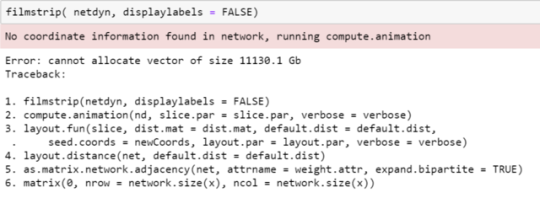Photo
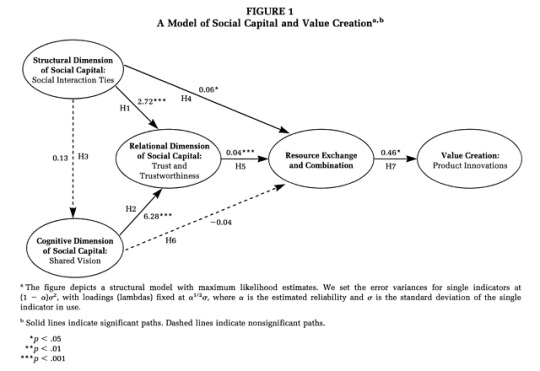
Tsai, W., & Ghoshal, S. (1998). SOCIAL CAPITAL AND VALUE CREATION: THE ROLE OF INTRAFIRM NETWORKS.
0 notes
Photo
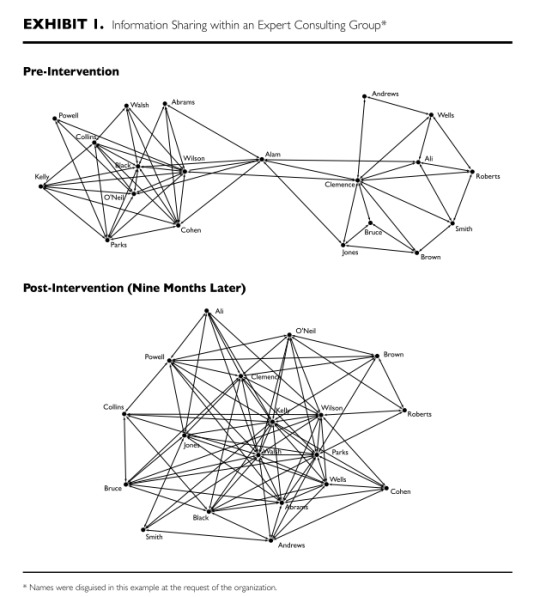
Cross, R., Borgatti, S. P., & Parker, A. (2002). Making Invisible Work Visible: Using Social Network Analysis to Support Strategic Collaboration.
Visualizing social network among expert groups helped them to change their collaboration practices.
0 notes
Link
Decisions to interpret or to publish results will not be based on statistical thresholds. People will spend less time with statistical software, and more time thinking.
0 notes
Link
One possibility is that we have all got stuck on a treadmill. Technology and globalisation mean that an increasing number of good jobs are winner-take-most competitions. - - Securing a place near the top of the income spectrum in such a firm, and remaining in it, is a matter of constant struggle and competition. Meanwhile the technological forces that enable a few elite firms to become dominant also allow work, in the form of those constantly pinging emails, to follow us everywhere.
0 notes
Photo
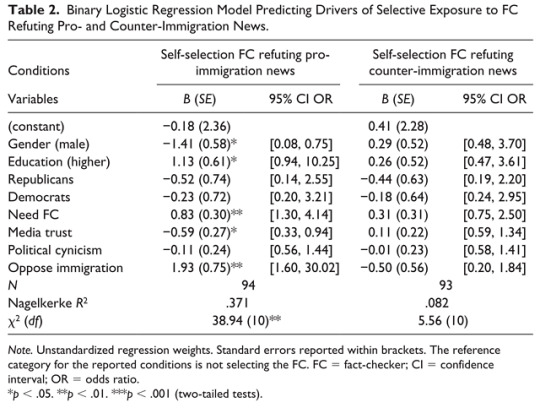
Hameleers, M., & van der Meer, T. G. L. A. (2019). Misinformation and Polarization in a High-Choice Media Environment: How Effective Are Political Fact-Checkers?
0 notes
Link
Remember: it’s almost always about luck as well.
0 notes
Photo
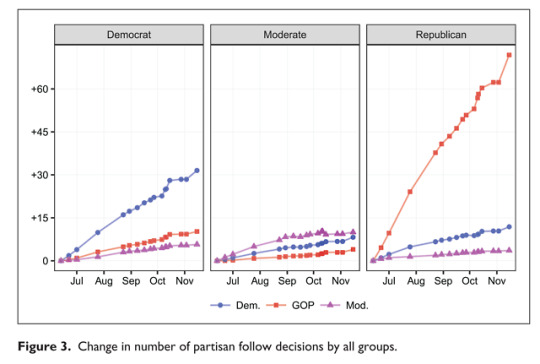
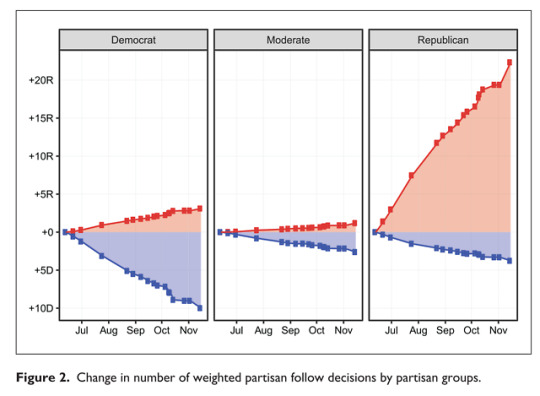
Kearney, M. W. (2019). Analyzing change in network polarization.
0 notes
Quote
Measures of transparency are at risk of remaining empty signifiers if no critical and unbiased engagement emerges from their instalment. The key argument that this paper has thus developed is that uncoupling the value of transparency from the practical matter of how that transparency takes shape and how it is likely to be engaged with ultimately paints a limited picture. Measures toward algorithmic accountability are most effective if we consider them a property of socio-technical assemblages of people and machines. Within such assemblages, the value of transparency fundamentally depends on enlisting and maintaining critical and informed audiences.
Kemper, J., & Kolkman, D. (2018). Transparent to whom? No algorithmic accountability without a critical audience.
0 notes
Quote
Normal scientific paradigms base their progress in part on the stabilization of certain analytical categories that are then taken for granted and used continually over time. And yet social scientists face
the problem that the very nature of what they study changes over time, leaving basic categories potentially unsettled.
Karpf, D., Kreiss, D., Nielsen, R. K., & Powers, M. (2015). The role of qualitative methods in political communication research: Past, present, and future.
0 notes
Photo
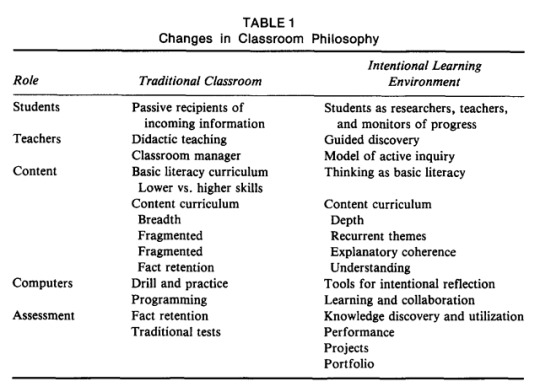
Brown, A. L. (1992). Design Experiments: Theoretical and Methodological Challenges in Creating Complex Interventions in Classroom Settings.
0 notes
Photo

Kreuter, F., Haas, G.-C., Keusch, F., Bähr, S., & Trappmann, M. (2018). Collecting Survey and Smartphone Sensor Data With an App: Opportunities and Challenges Around Privacy and Informed Consent. Social Science Computer Review.
0 notes
